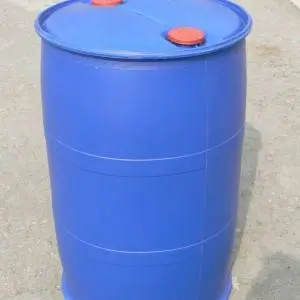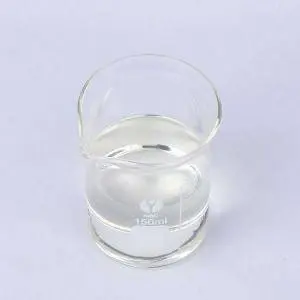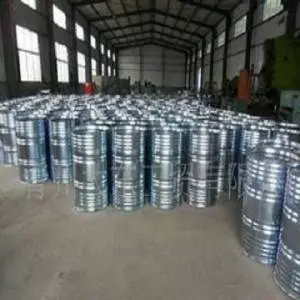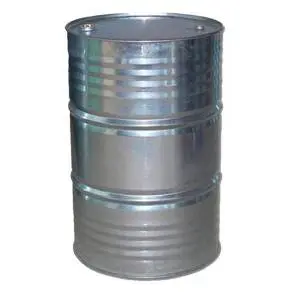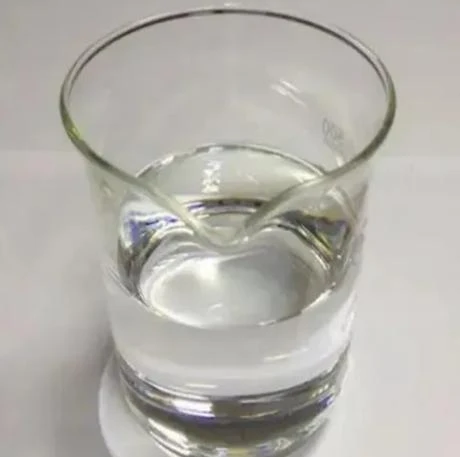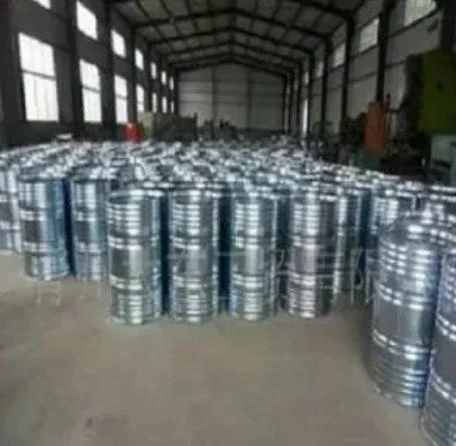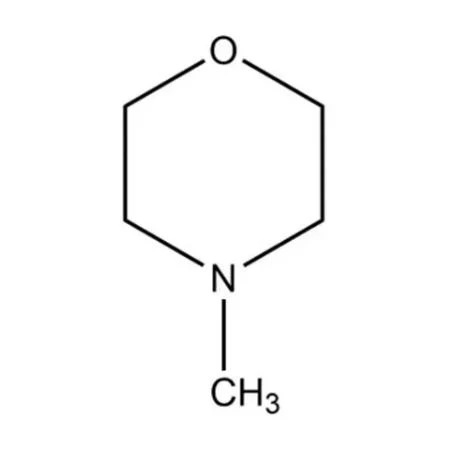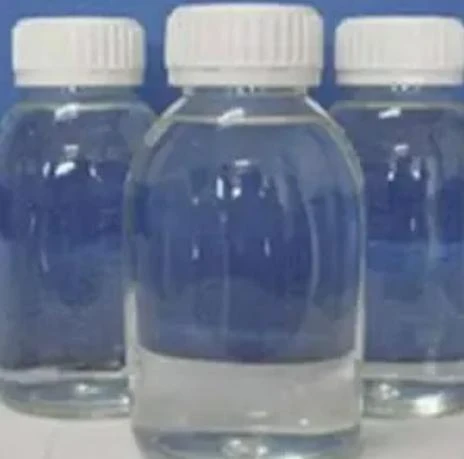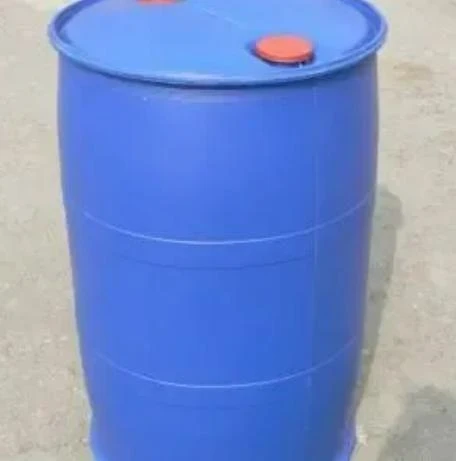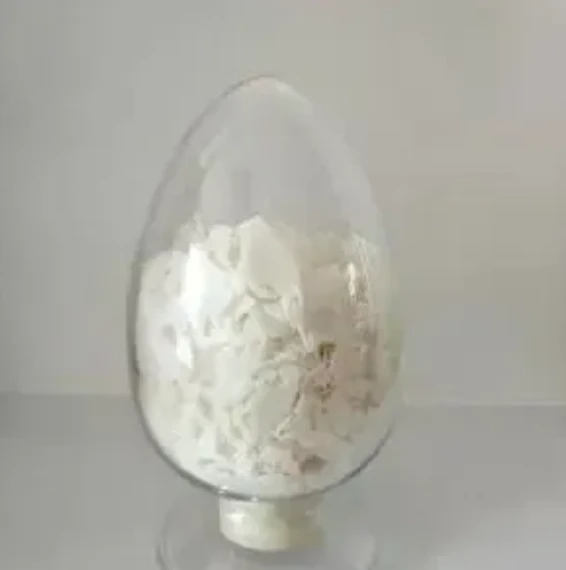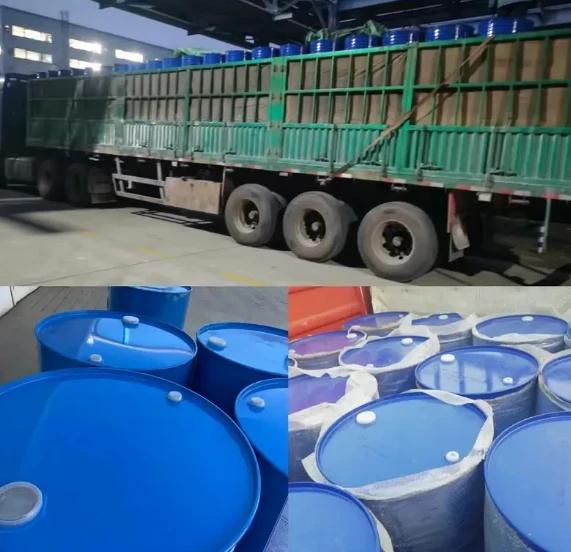Premium Phenyl Dichlorophosphate Supplier for Pharma & Synthesis
Phenyl Dichlorophosphate (C6H5OP(O)Cl2, CAS 770-12-7) is a vital organophosphorus intermediate, widely utilized as a phosphorylating, chlorinating, and flame-retardant reagent in advanced chemical syntheses. According to Phenyl Dichlorophosphate market reports by MarketWatch and Statista, the global demand for high-purity organophosphates is expected to grow at a CAGR of 6.1% from 2023 to 2028, driven by innovation in pharmaceuticals, agrochemicals, polymer additives, and flame retardant solutions.
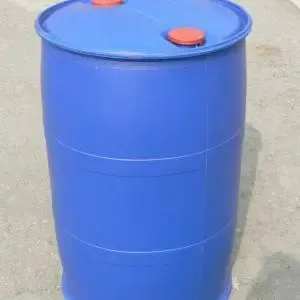
| Parameter | Specification / Typical Value | Test Method | Industrial Significance |
|---|---|---|---|
| Chemical Formula | C6H5OPOCl2 | N/A | Denotes primary molecular structure |
| Appearance | Colorless to pale yellow transparent liquid | Visual | Visual inspection for purity, batch consistency |
| Purity (%) | ≥ 99.0 | GC, HPLC | Ensures reactivity, suitability for high-value syntheses |
| Phosphorus Content (%) | 15.0 - 15.4 | Titrimetric | Supports product identification and batch tracking |
| Chloride Content (%) | < 0.5 | Silver nitrate titration | Controls for corrosion/reactivity risks |
| Boiling Point | 245 - 250 °C | ASTM D1120 | Critical for safe storage/transport, process design |
| Melting Point | −17 °C | ASTM E324 | Relevant for handling, low-temp transport |
| Water Content (%) | < 0.1 | Karl Fischer | Reduces hydrolysis in storage, guarantees shelf life |
| Flash Point | 107 °C | ISO 3679 | Guides on-site safety protocols |
| Solubility | Slightly soluble in water, miscible with organics | Solubility test | Determines compatibility for blends/formulations |
| Toxicity (LD50, rat, oral) | ~120 mg/kg | OECD 401 | For risk assessment and labeling compliance |
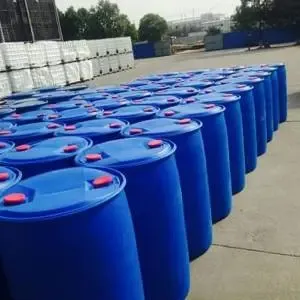
The synthesis of Phenyl Dichlorophosphate typically follows a chlorination route, optimized for high selectivity and purity:
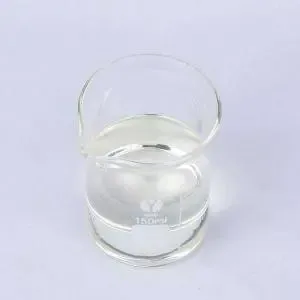
- Raw Materials: Phenol (C6H5OH), Phosphoryl chloride (POCl3), catalytic acid scavenger.
- Reactor Technology: Corrosion-resistant glass-lined or stainless steel reactor system ensures product integrity, certified to CE/ANSI standards.
- Chlorination Control: Automated dosing with continuous stirring and temperature feedback for high purity.
- Phase Separation & Purification: Multi-stage phase separation, fine vacuum distillation for residuals removal & consistent purity.
- Quality Testing: Inline GC/IR for composition analysis, batch QC per ISO 9001 and ANSI/ASQ Z1.4 standards.
Material & Construction Advantages: Components such as reactor impellers, piping, and valves are made from specialty alloys or acid-resistant grades (SS316L, PTFE lining) for prolonged service life (>10 years) and minimization of corrosion-induced contamination, indispensable for reliability in industrial operation.
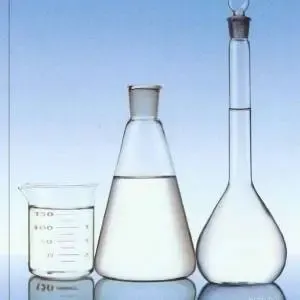
- Pharmaceuticals: Acts as a phosphorylating agent in the synthesis of prodrugs, nucleotide analogs, and enzyme inhibitors, with high selectivity and minimal by-products.
- Agrochemicals: Serves as a core intermediate to prepare organophosphorus pesticides, insecticides, and herbicides; supports controlled release and increased crop yield.
- Polymer Additives: Used in flame-retardant and plasticizer manufacture; imparts enhanced thermal and hydrolysis resistance.
- Flame Retardants (Electronics, Transportation): Delivers halogen-free fire protection in insulation, cables, fabrics, and automotive foams with proven efficiency (up to 40% reduction in flame propagation).
- Industrial Catalysts: Applied as a chlorinating & phosphorylating agent in transition-metal catalysis for specialty process chemicals.
- Other Industries: Phenyl Dichlorophosphate is also used in metallurgy (as a passivating agent) and in advanced surfactant/solvent production for specialty fluids.
Below is an overview of leading manufacturers, summarized through technical competitiveness, certifications, and after-sales service capabilities:
| Vendor | Origin | Purity (%) | Certifications | Production Capacity (MT/year) | Customization | Lead Time |
|---|---|---|---|---|---|---|
| Sincere Chemicals | China | ≥99.0 | ISO 9001, ISO 14001 | 1200 | Yes | 12-18 Days |
| Valence Labs | USA | 98.5–99.2 | GMP, ISO | 600 | No | 21-30 Days |
| Lucent Organics | India | ≥99.0 | ISO 9001, REACH | 900 | Yes | 16-25 Days |
| PhosPharm Europe | Germany | 98.0–99.0 | ISO, FDA | 750 | No | 18-25 Days |
- Pharmaceutical Process Customization: Custom design for high-purity, ultra-low moisture (Phenyl Dichlorophosphate, delivered to a leading Asian pharma API plant—result: yield increased by 3.5%, downstream side-product impurities cut by 72%.
- Flame Retardant Application (Automotive OEM): Joint R&D with a European auto parts supplier to optimize polymer flame retardancy for e-vehicle battery insulation. Field tests: Oxygen Index 32.5% (vs. 28% norm), 25% increase in fire resistance.
- Pipelines in Water-Treatment: Integrated anti-corrosion material selection for Phenyl Dichlorophosphate dosing equipment (PTFE, SS316L) in large-scale waterworks, resulting in 12-year mean time between failures (MTBF), 90% uptime over a decade.
- Remote QC Integration: IoT-based sensor installation (inline GC/FTIR) for continuous purity and by-product monitoring—reduced batch deviation to below 0.9% in 2023-2024.
Q1: What is the chemical structure and key functional group of Phenyl Dichlorophosphate?
A: Phenyl Dichlorophosphate is a phosphorus oxychloride esterified with a phenyl group, formula C6H5OPOCl2. The core feature is the P=O and P–Cl bonds, making it an active phosphorylating agent for organic synthesis.
Q2: What are the typical purity grades available and their impact on end use?
A: Industrial grades are usually 97–99%, while reagent/pharma grades exceed 99.5%. For pharma APIs and electronics, high purity is essential for process yield and product safety.
Q3: What materials are recommended for storage and handling?
A: Recommend using PTFE, SS316L, or glass-lined vessels, as Phenyl Dichlorophosphate hydrolyzes with water and attacks ordinary steels. Packaging is typically in HDPE or fluoropolymer drums.
Q4: What are the main analytical methods for quality control?
A: Main tests include GC (purity), FTIR (structure confirmation), water content (Karl Fischer), and non-volatile residue; advanced lots may also be batch-traceable by HPLC and NMR.
Q5: Which international certifications should a reputable supplier hold?
A: Internationally, ISO 9001 (quality), ISO 14001 (environmental), and for specialty use, REACH registration or FDA certification if used in pharma.
Q6: How is Phenyl Dichlorophosphate supplied and what are common packaging specs?
A: Bulk: 200kg HDPE drums or 1000L IBCs, nitrogen-purged, UN-approved. Pharma/lab grade: 10–50kg fluoropolymer drums or sealed ampoules upon request.
Q7: What are typical delivery times and associated logistics standards?
A: Stock goods ship in 7–12 days; custom lots 14–21 days worldwide by sea/air, with full DG certification, MSDS in GHS format, and GPS tracking. All logistics adhere to IMDG and IATA standards.
- Standard Lead Time: Stock: 7–12 days; Custom specs (ultra-high purity, specialty packaging): 12–18 days.
- Warranty: All Phenyl Dichlorophosphate batches guaranteed >99% purity for 12 months upon factory dispatch, with batch-level CoA.
- After-Sales Support: 24/7 hotline, dedicated application engineers for troubleshooting, process optimization, and EHS consulting.
- Technical Documentation: Real-time access to CoA, MSDS, and TDS for each shipment; bilingual support in English, French, Chinese.
- On-Site Audits: GMP or ISO-compliant audits available by appointment for bulk clients.
- Return & Replacement Policy: 100% refund on out-of-spec batches within 7 working days; free technical replacement for critical production issues.
- Advances in the Synthesis & Utility of Phenyl Dichlorophosphate: Selective Methods & Applications, J. Org. Chem. (ACS, 2022)
- Industrial Organophosphates: Quality Trends and Application Expansions, Chemical Society Annual Meeting (2023)
- Performance & Safety of Organophosphates in Polymers, ResearchGate Forum, 2022 Discussion
- Process Engineering for Chlorophosphate Derivatives, Pharma Chem. Tech. Journal, 2024
Post time: Aug . 03, 2025 12:00
This is the first article



